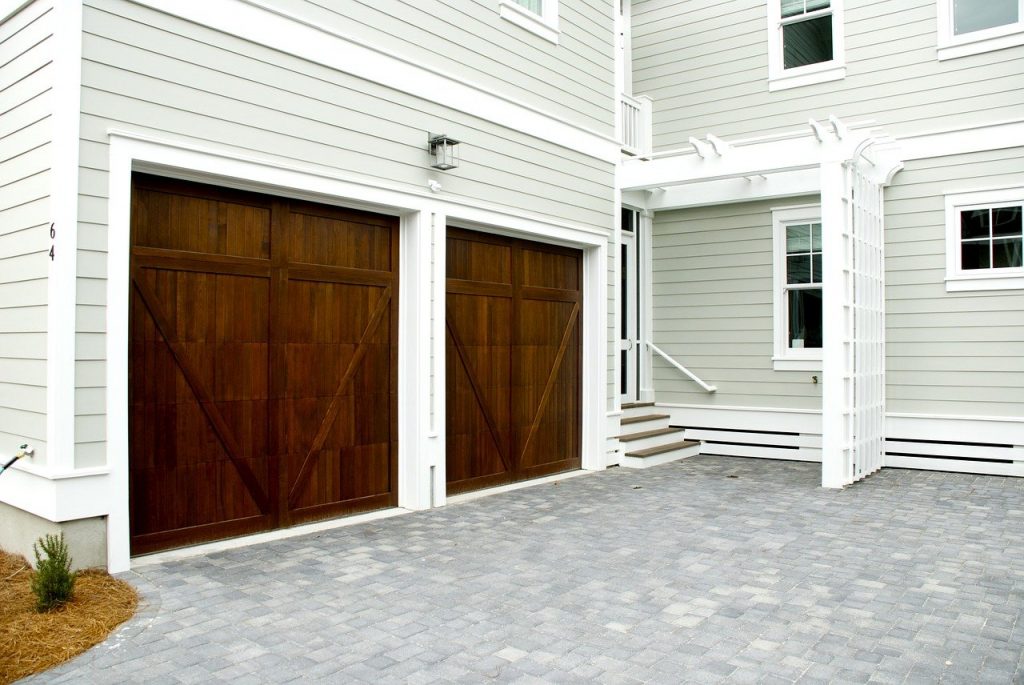The garage base is the most significant aspect of any construction project from a long-term viewpoint. It dictates the stability of whatever is placed on top of it, and it must be planned in line with the climate and soil conditions on the property where the garage will be built.
Types of garage foundation
When building a garage, there are three primary types of foundations for garage to consider. Type 1, Type 2, and Type 3 will be their names.
- Type 1 is often meant to refer to as a dense slab garage foundation.
- Type 2 refers to it as a stem side of a building garage foundation.
- Type 3 is regarded as composite stem wall garage groundwork because it is a combo of Types 1 and 2 and is frequently used in areas with highly plastic ground conditions, such as South Dakota and other parts of the United States and Canada.
The three varieties differ significantly, and which one is best for your construction may be determined by what the local construction authority in the jurisdiction where you wish to build a garage allows. Let’s have a look at the distinctions between the three varieties.
Type 1: Foundation
It’s generally suited for a one-story garage layout that your design official can be sure will never be utilized for human dwelling, as seen on the left. It’s a low-cost alternative to a combined floor-footing structure that can even be employed in deep-snow areas providing the drainage of the soil well enough to avoid frost heave destruction to any component of the garage floor and superstructure lying on top of it.
Reside in rocky soils country, such as Arkansas, Oklahoma, or Texas, where explosives or jack-hammering are frequently used to remove pieces of the rock. This foundation may be typical for building a garage because frost-depth is not an issue.
Construction
A cross-section across the circumference of the Type 1 Garage Base is shown in the vast scale detail below, with dimensional data and the overall arrangement of strengthening steel and anchor nuts. In the garage steel floor component of the design, you’ll also require steel reinforcement, such as ten gauge wire mesh cut into 6″ × 6″ squares. It comes in four-foot-wide rolls that may be put on top of crushed rock and hauled up with a hooking pole as you fill the slab to almost 1-1/2″ below the completed floor level.
Floor footing system
Only a perimeter form is required for the Type 1 Structural frame, and the complete floor-footing system is poured simultaneously. Before installing your wire mesh, make sure you establish a vapor barrier exactly beneath the floor slab and tape the connections at the overlaps.
That way, if you want to apply an epoxy garage floor covering to the surface, you won’t have to worry about moisture getting on the slab. Six mil polyethylene, which can be found at any Big Box Home Store, should be used as a vapor barrier. Overlap the seams by 12″ and tape the overlaps with a tape solution to prevent water vapor penetration.
Read More: What Is Heated Garage Floor? Basic Functions And Advantages
Professionals advice
You may need to contact a Professional Structural Designer to develop this sort (and any kind) of structural foundation and then have them produce the foundation drawings, depending on your local building official’s requirements.
This is usually not required. However, it relies on what the local authorities need to secure a construction permit for constructing a garage. Because the restrictions differ so much, check with your local building authority before ordering your garage design package.
Type 2: Foundation
If one can’t use the previously mentioned foundation type, or if you’re building a multi-story garage (with probable living space above) that requires a wide footing to disperse the loads, you’ll need to utilize the one depicted on the left. This foundation is built on a thick concrete spread at the bottom and topped with a concrete stem wall. The floor slab is constructed separately from the foundation walls, with an expansion joint running the length of the floor where this meets any wall surface.
Construction
Your local municipality determines the depth of the dispersed footing refers to the average yearly frost depth for your geographical area. The top of the split footing usually is set at the standard frost depth, providing additional protection against frost-heave damage.
A cross-section across the circumference of the Type 2 Garage Basement is shown in the vast scale detail below, with dimensional data and the overall arrangement of reinforcing metal and anchor screws. According to what is detailed above in the Form 1 Garage Foundation, you will require some steel reinforcement in the garage steel floor area.
Type 3: Foundation
It can be used in shallow soils or highly expansive soil conditions where frost heave or massive soil heave is a concern, as shown on the left. If you want to build a multi-story garage on this sort of foundation, the bearing capability of the soils will be the deciding factor. This issue is most relevant to poor soil, as expansive soils typically necessitate a constriction of the bearing area of the foundation to distribute the load across the smallest amount of extensive grounds reacting (upward soils pressure).
Conclusion
The slope of the garage floor and toward the overhead door, which allows the garage floor to drain for cleaning, is another concern for all of the foundation types listed above. Because the bottom is a vital aspect of the outer footing in Type 1 and Type 3 Garage Foundations, it demands some early consideration and preparation before you start your concrete pour.

